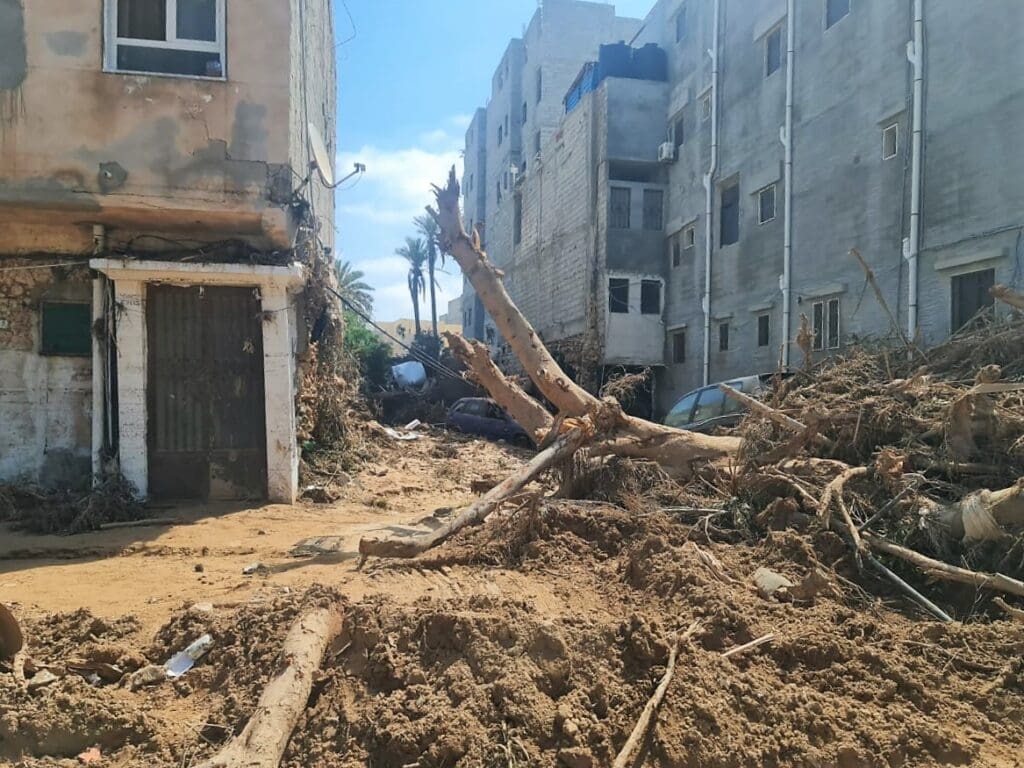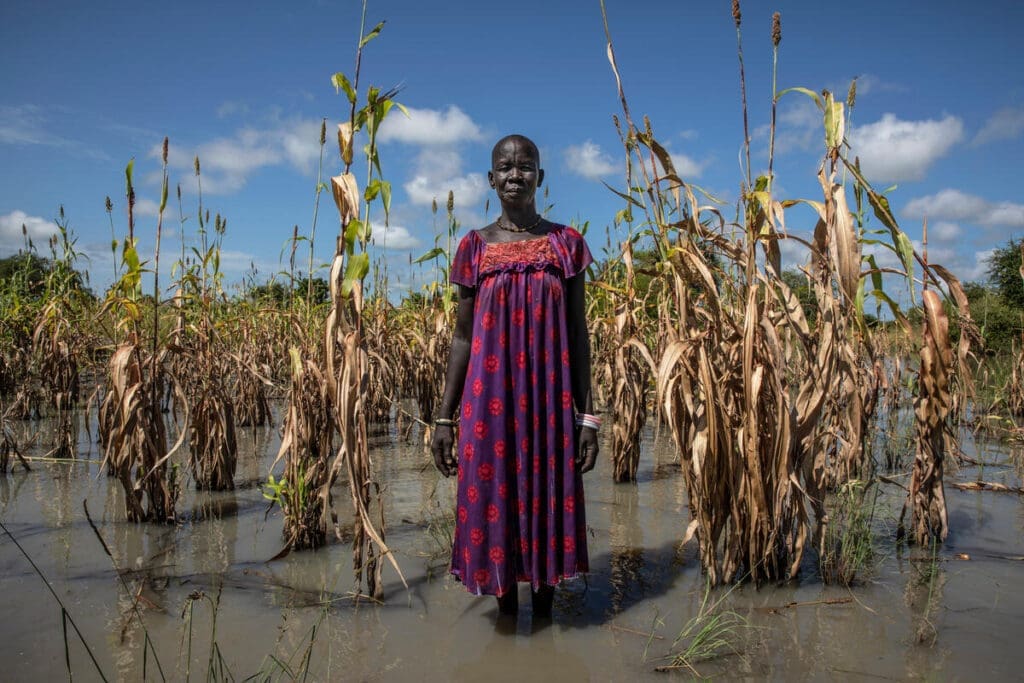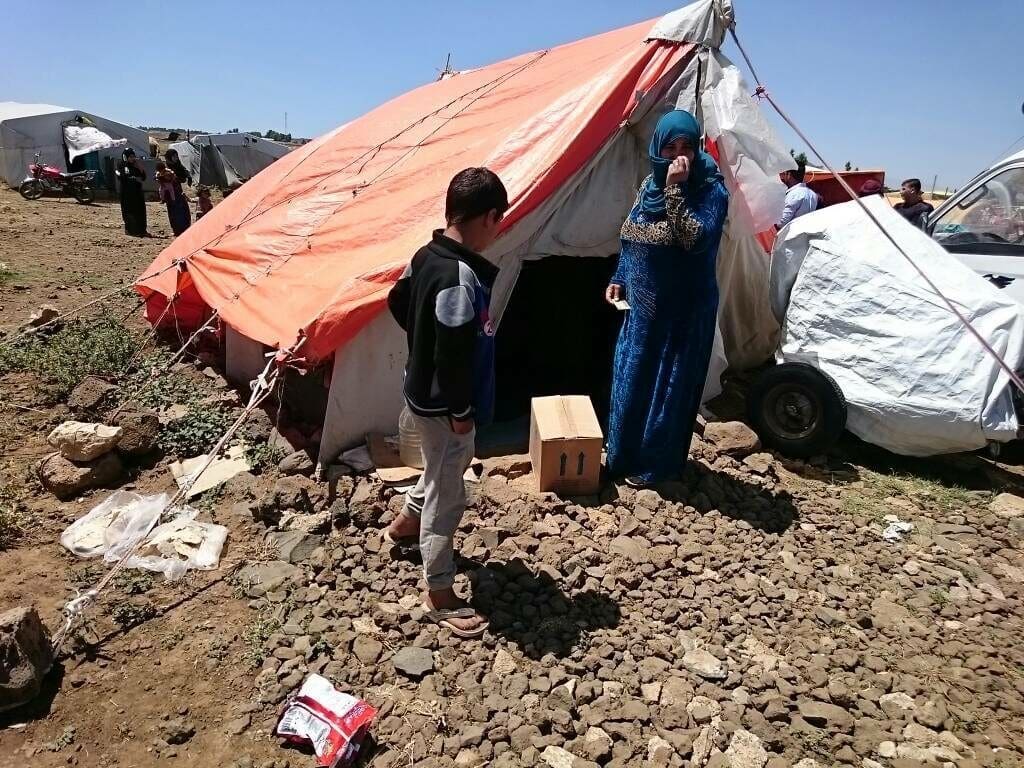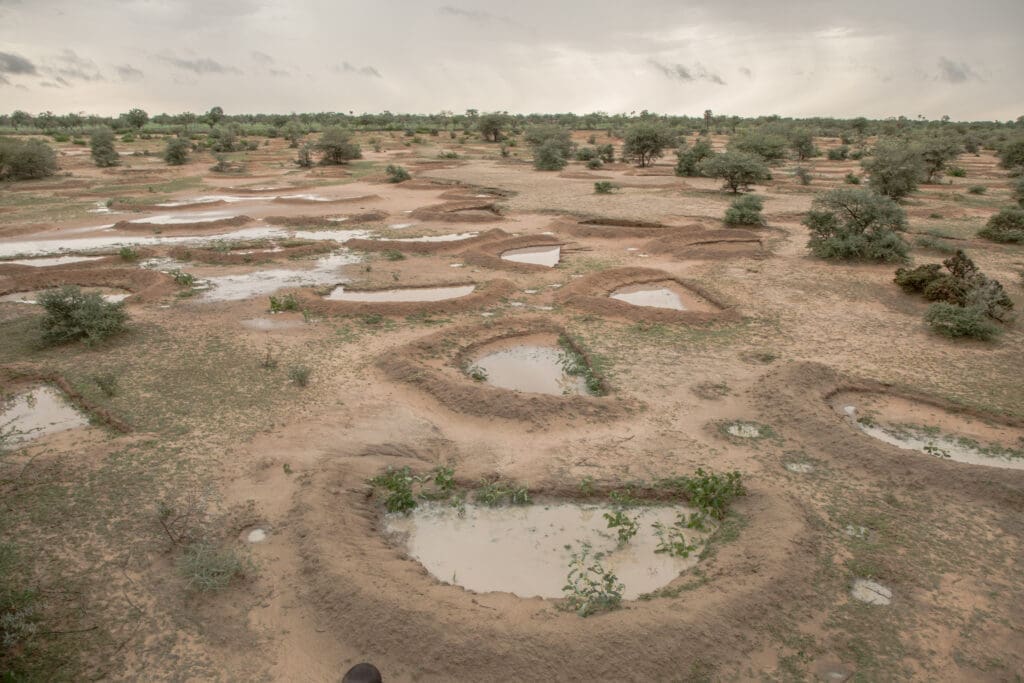How Climate Change Is Causing World Hunger

Rising global temperatures are fueling a global hunger crisis.
Higher temperatures are making extreme weather events like floods, cyclones and heat waves more frequent and more intense – with catastrophic effects on people’s lives and livelihoods around the world. It is the poorest communities that are suffering the most despite contributing the least to the climate crisis.
While fixing the root causes of climate change may take decades, we can provide immediate relief and solutions to help people become more climate-resilient today.
Global Warming Is Increasing Natural Disasters
Driven by rising temperatures, extreme weather events have increased five-fold over the past 50 years. The decade between 2010 and 2019 was the hottest decade on record. And the planet continued warm: July 2023 was the hottest month ever recorded.
Over 1.7 billion people have been affected by climate-related disasters over the past decade. These disasters are happening more often with increasingly devastating effects. Droughts are lasting longer. Hurricanes and cyclones are more common and more destructive. Floods and wildfires are affecting more parts of the globe.
When these disasters hit, they cause casualties, displacement and extensive property damage. They also often create a hunger crisis.
Climate Disasters Destroy Food Supply Chains
Extreme weather events can destroy vital infrastructure like roads and bridges, making it difficult to transport food to people. Heavy floods and landslides can destroy road networks and railway systems. For remote communities that rely on a single road or access point, functioning local food supply chains can shut down. It also makes it extremely difficult for aid agencies to distribute food to hungry families.

In 2023, Storm Daniel hit Libya and destroyed significant portion of roads and bridges. Two aging dams collapsed, unleashing floods that washed away entire neighborhoods. The damaged infrastructure increased the number of casualties, displacement and hunger.
Climate Change Harms Agriculture and Food Production
Global heating can devastate agriculture in the short-term and the long-term. Frequent and intense climate-related disasters wipe out vast stretches of farmland and destroy entire harvests. Hunger begins to grow as people lost access to food.
Over time, recurring floods or droughts degrade soil, which makes farmland barren and reduces both the amount and quality of food that can be grown. It can take years for agricultural production to recover, which puts the community at long-term risk of hunger as food supplies dwindle.

In South Sudan, both recurring floods and droughts are wreaking havoc on farmland. During four consecutive years of floods, water did not recede fast enough for farmers to replant before the next flood hit. Large swathes of land in South Sudan are still submerged underwater. Yet in other parts of the country, prolonged drought has rendered farmland dry and desolate.
Global Warming Is Affecting the Most Vulnerable
The countries and communities that contribute the least to the climate crisis are suffering the greatest losses.
When a climate disaster strikes, people who are already struggling with hunger quickly lose what little resources and security they had. For families who are living on less than $2 dollars a day, this loss forces them to make difficult decisions just to survive – whether that means selling their remaining livestock or taking their kids out of school to save money. Decisions like these save families money in the short term, but they hurt their ability to access food in the future.
As climate change increases the frequency of these disasters, vulnerable communities don’t have enough time to recover and rebuild their livelihoods before the next one hits. They’re caught in a cycle of destruction, poverty and hunger.
The Climate Crisis Is Fueling Other Crises
Climate-induced poverty and displacement triggers other crises, like instability, conflict and mass migration.

When disasters wipe out crops and livestock, food prices go up. This leads to regional instability as people compete over scarce resources or protest over high food costs. Conflict can then erupt and trigger mass migration as people flee in search of food and safety. In Syria, a severe three-year drought was a contributing factor to the social unrest that pushed the country to civil war. The drought caused widespread crop damage, wiping out the country’s northeast agricultural system and pushing up food prices. Unrest sprouted as families were plunged into poverty and hunger.
All crises are interconnected. The climate crisis fans the flames of existing pre-existing risks and sparks crises like conflict and inflation.
How to Help People Become Climate Resilient
Combating the root causes of the climate crisis may take decades, but the effects of climate extremes are devastating communities now. Disadvantaged communities urgently need solutions to build resilience to relentless extreme weather events.
In the immediate aftermath of climate-related disasters, the United Nations World Food Programme (WFP) provides emergency food supplies to survivors. Then, the U.N. World Food Programme gets to work helping communities build infrastructure and learn skills like engineering that can protect them against future disasters.
Through its climate action work, the U.N. World Food Programme helps countries and communities anticipate climate hazards, restore degraded ecosystems and access to sustainable energy solutions.

In the Sahel where drought has dried up crops, we taught people how to dig crescent-shaped pits called “half-moons” so they could retain more water rehabilitate farmland.
The Climate Crisis Is a Human Crisis
The climate crisis isn’t a problem in the distant future. It’s affecting people’s lives today. As the temperatures rise, so does hunger. Around the world, people’s livelihoods are drying up and their dreams wash away in floods.
You can help vulnerable communities prepare for and recover from these kinds of climate extremes.




